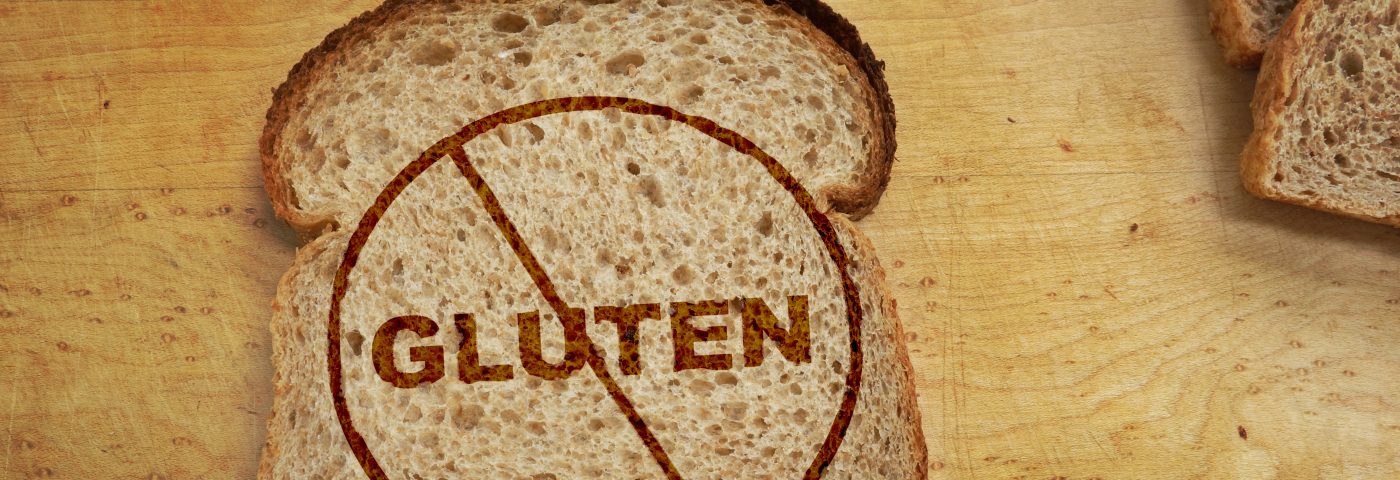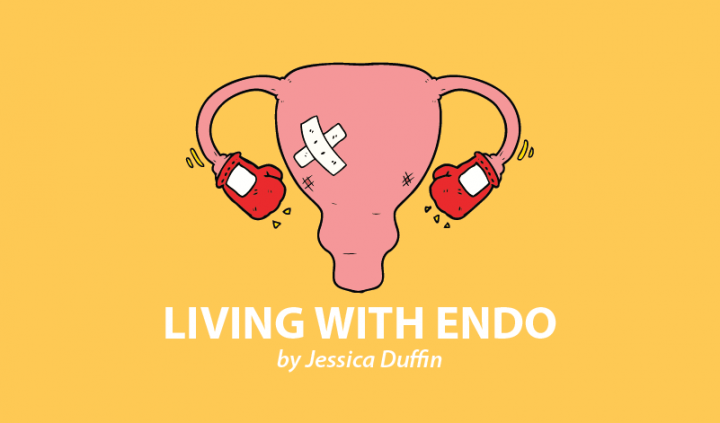My boyfriend and I are big foodies, and most of our trips away are based around the type of food which that country or city is known for.
Luckily, I pretty much love eating for endometriosis. This looks different for everyone, but for me, it’s about eating fruits and vegetables, good fats, plant-based proteins, and gluten-free grains. This essentially means I eat a vegan diet, and thanks to its current rise in popularity, some incredible restaurants and cafés are popping up around the globe, which usually makes eating good food on holiday pretty easy.
For this holiday, I focused on finding somewhere quiet and beautiful so we could relax, rather than running around trying to see all the sights and squeezing in all the food places we wanted to visit. I’d become so used to finding something to eat wherever I went that I hadn’t anticipated arriving in a country where every dish contained meat or lots of dairy!
The experience threw me, and for a couple of days we lost time hunting around for a place where I could eat, and I also ended up with some pain and inflammation from eating some of my trigger foods. So, lesson learned: Always be prepared when it comes to your diet, endometriosis, and going on holiday.
Choose your accommodation wisely
I wanted to have a dreamy and relaxed holiday, so I booked a pretty isolated farmhouse. They provided breakfast, and I emailed ahead to let them know my dietary requirements, which they were more than happy to help with.
But upon arrival, it was clear that there had been some miscommunication. I was provided with sugary gluten-free options like cereals and cakes, and all of my dairy alternatives were dairy products but with the lactose removed. After doing some research, I discovered that because the islanders’ diet is so meat and dairy heavy, they do not fully understand vegetarianism or veganism (for example, you could order a meatless dish, but it often turns up with fish).
So the best thing to do is get really specific. I thought I was helpful by stating what I could eat, but I needed to be even more specific about what I couldn’t eat.
Second, while we were fairly near to a city, it only had one vegetarian restaurant, and trying to ask for a dish without certain ingredients at the other venues was very complicated due to the language barrier. After some research and a few days settling in, we discovered that the main city, an hour’s drive away, had a handful of places I could eat at relatively easily and we had some delicious meals.
So upon reflection, I should have researched ahead to find what vegetarian and gluten-free options were available on the island, and booked accommodation nearer to those to avoid having to make so many hour-long trips to eat!
Find a supermarket
Surprisingly, Lidl stepped in to save the day on several occasions. In the U.K., Lidl isn’t that friendly for people with intolerances or a vegan diet, but we found a Lidl around the corner from where we were staying with lots of vegan, vegetarian, and gluten-free options. This was a lifesaver for those days when we didn’t want to drive to the other side of the island!
There were also a few health shops dotted around, which also accommodated my dietary requirements, and the staff was very helpful when it came to finding snacks or picnic bits.
So before you go away, ask the accommodation you’re thinking of booking with whether they have any supermarkets near them which might cater to your specific dietary requirements. If they’re unsure, you can usually find out with a quick Google search or by asking in travel forums.
Know your triggers
Sometimes you can’t avoid eating a few of your triggers at some stage. Either you make the conscious choice to indulge in a treat, there’s a misunderstanding and the wrong dish comes out, or the way the menu is designed only allows for you to avoid one trigger or the other.
Before you go away, be clear on which triggers create an instant reaction in you, such as the endo bloat, pain, or a troublesome stomach. These are the ones you’ll probably want to avoid the most, and it’s worth learning how to say, “I cannot eat dairy,” or “Can I have this dish without the cheese?” if, for example, dairy is one of your major triggers.
Then decide which food triggers you can get away with eating a little more of if you really have to and manage how much of this you eat throughout the holiday to avoid a flare-up.
So how do you find endo-friendly places to eat on holiday?
***
Note: Endometriosis News is strictly a news and information website about the disease. It does not provide medical advice, diagnosis, or treatment. This content is not intended to be a substitute for professional medical advice, diagnosis, or treatment. Always seek the advice of your physician or other qualified health provider with any questions you may have regarding a medical condition. Never disregard professional medical advice or delay in seeking it because of something you have read on this website. The opinions expressed in this column are not those of Endometriosis News or its parent company, BioNews Services, and are intended to spark discussion about issues pertaining to endometriosis.


